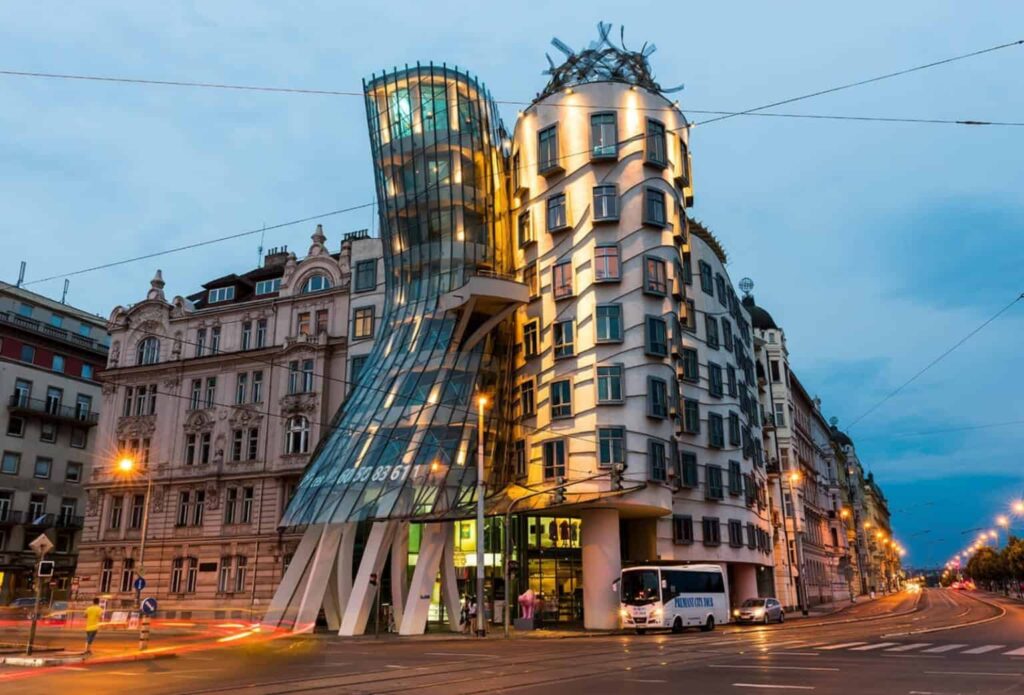
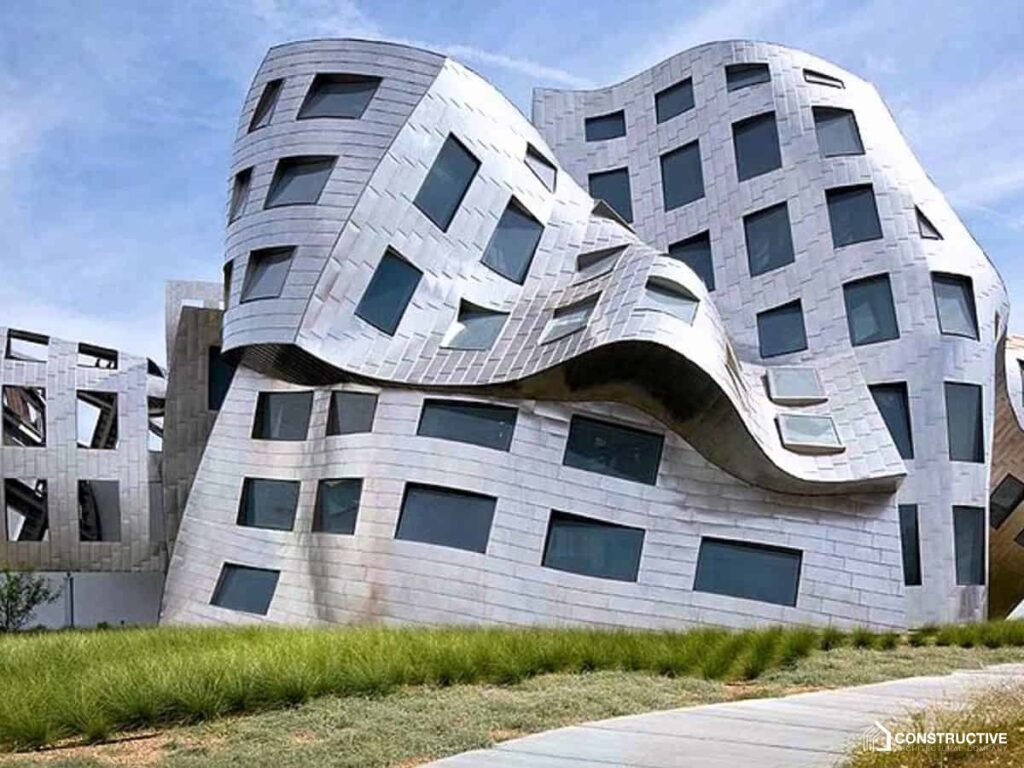
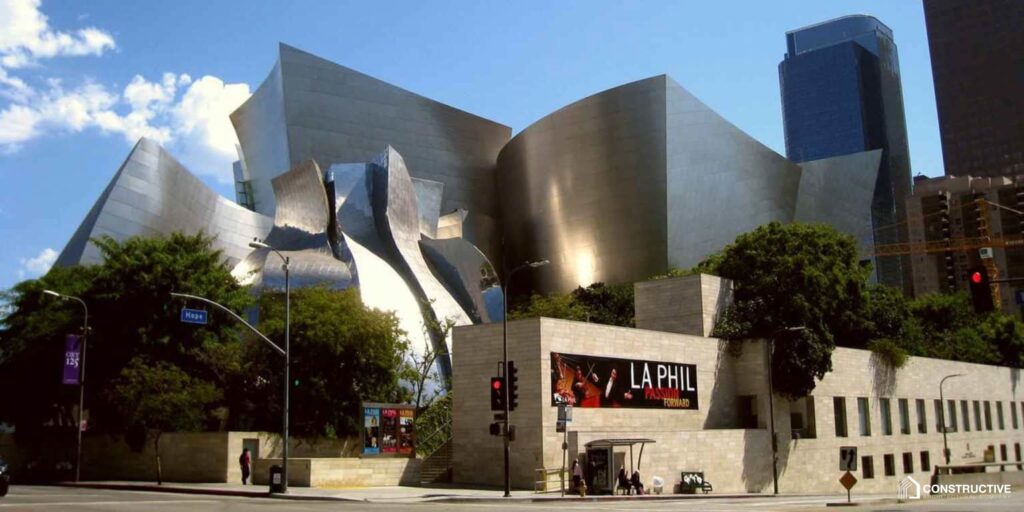
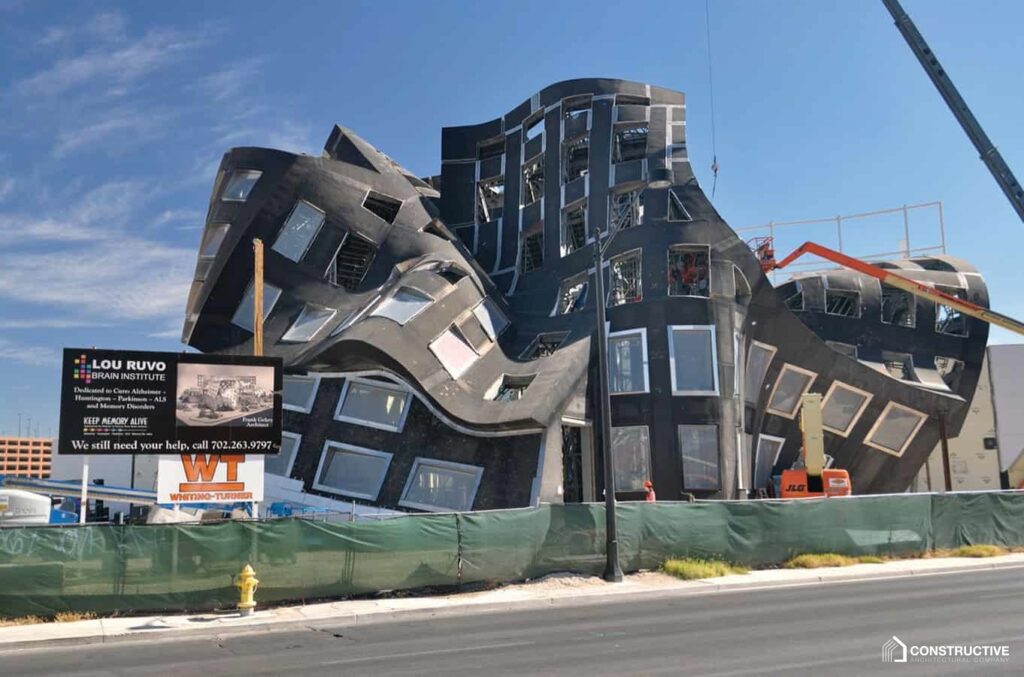
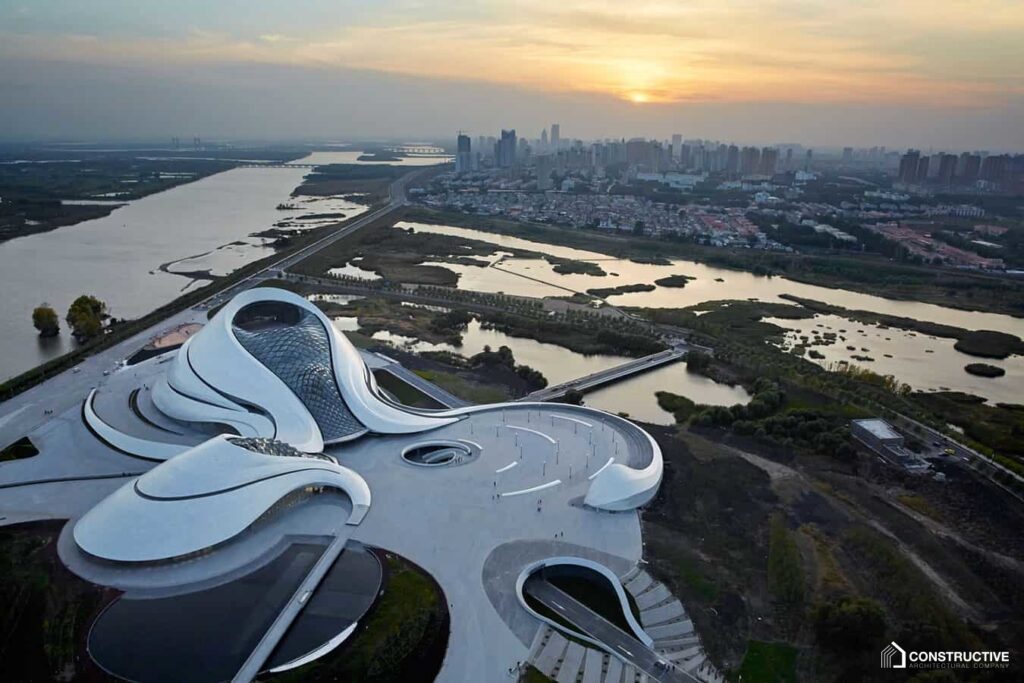
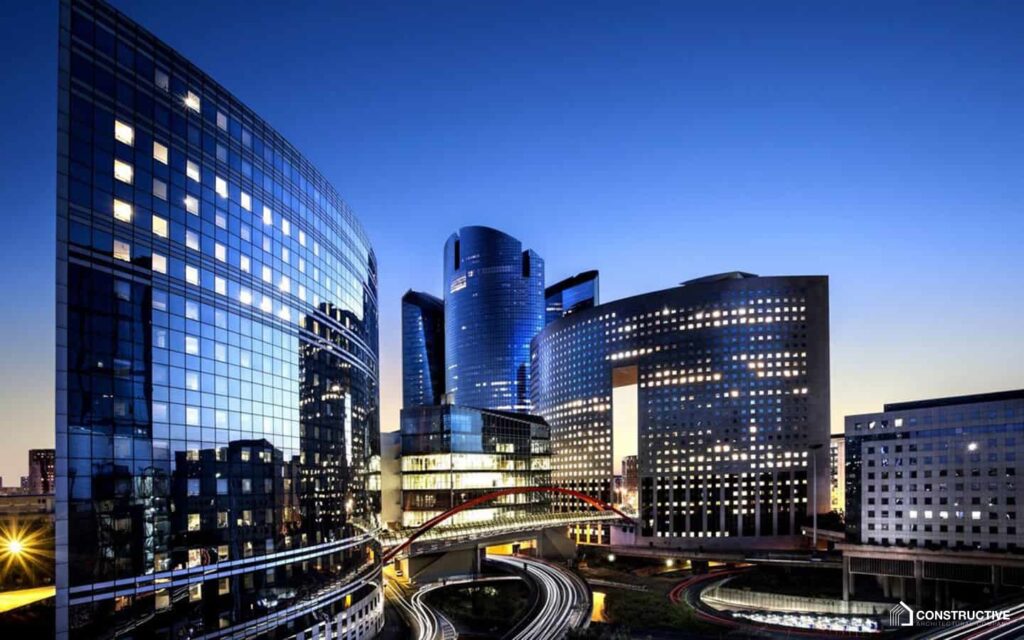
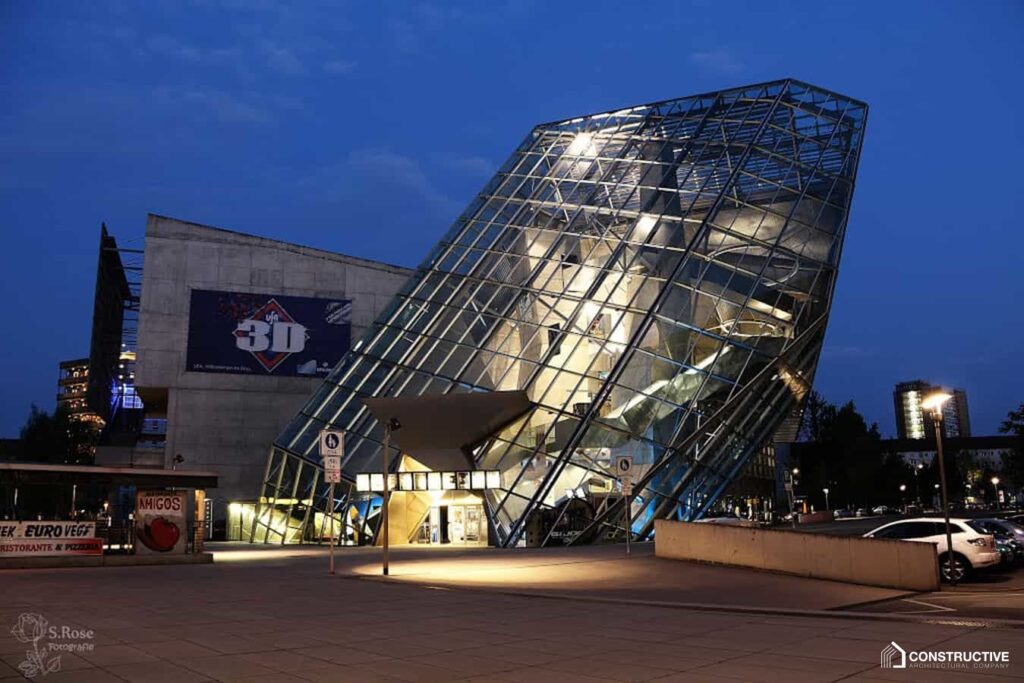
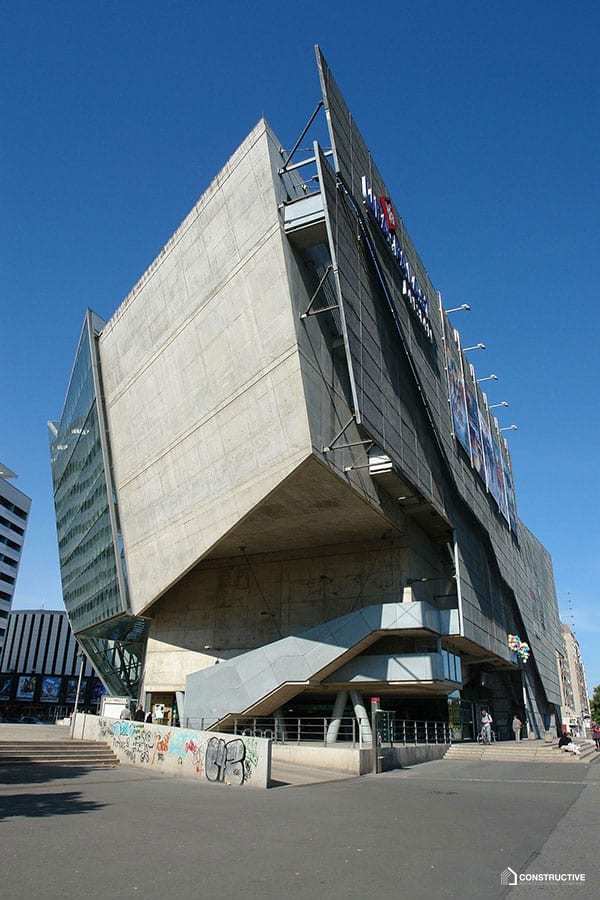

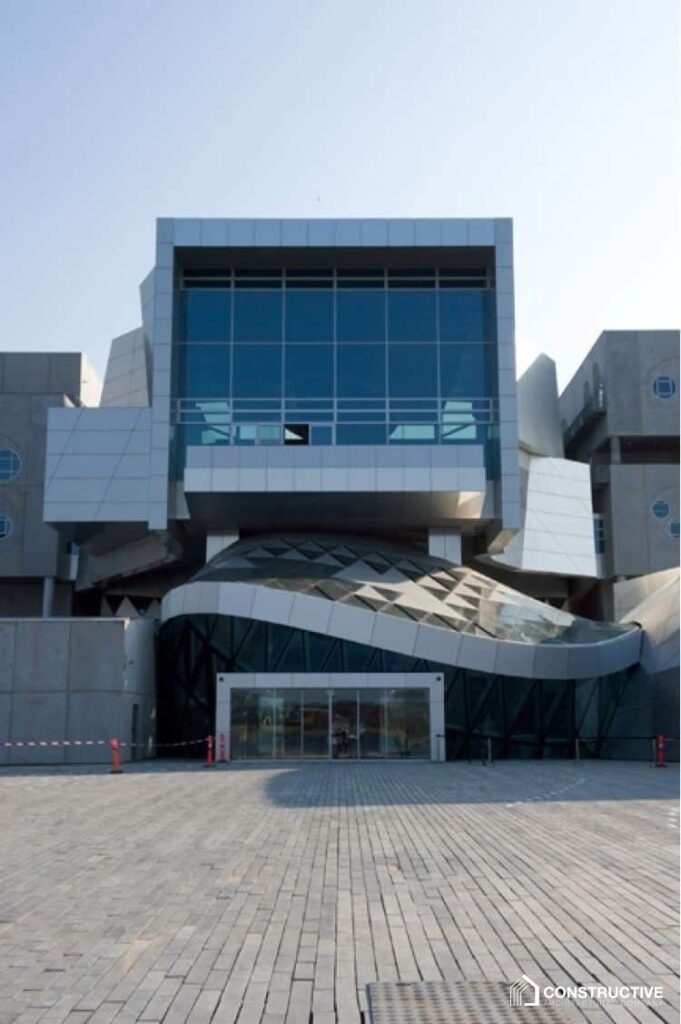
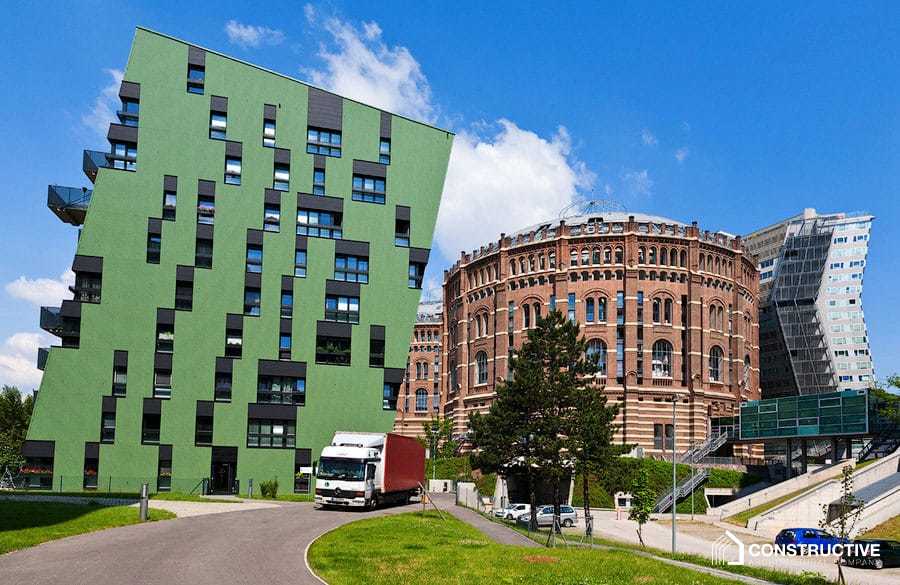
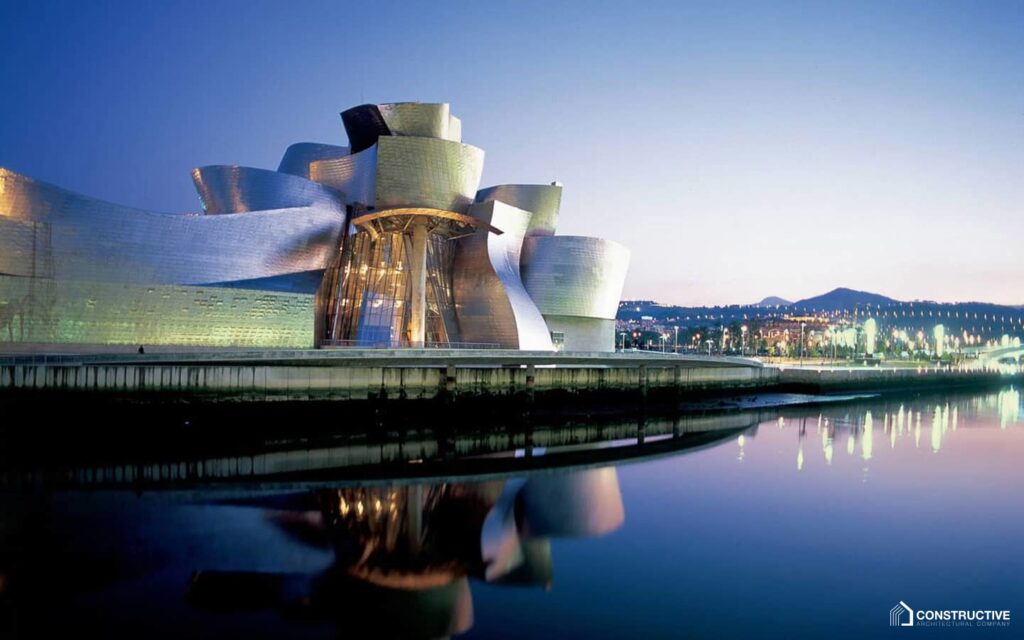
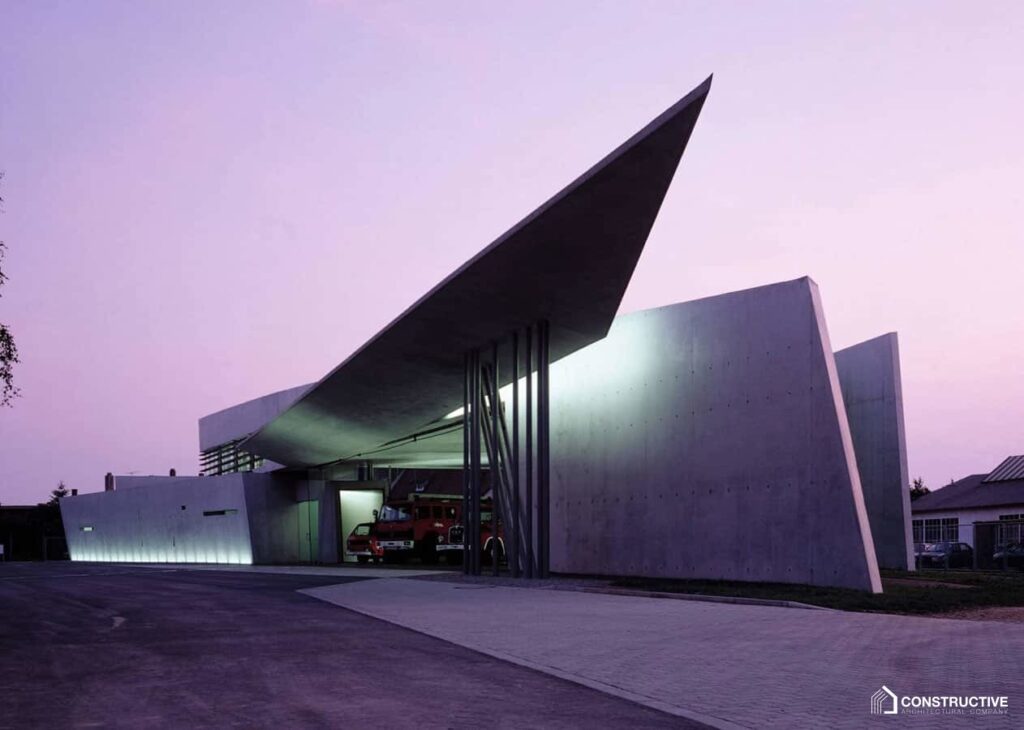
Formally speaking, deconstructivism is a direction of construction based on the practical application of the ideas of the French philosopher Jacques Derrida. It was his reasoning about the ability of a "conflicting" architecture that denies and abolishes itself that became the basis of the theory of deconstructivism. These ideas were later developed by Rem Koolhaas in his periodical. Deconstructivism was especially loud in the buildings of the Zaha Hadid Fire Brigade (1993) and the Frank Guerin Museum in the Guggenheim Museum in Bilbao (1997). These buildings are considered to be the main manifestos of this direction of architecture.
In general, modern design considers the concept of deconstructivism as one that contradicts the orderly rationality of modernism and postmodernism.
This trend is often characterized as one of the most visually striking and confusing arts ever developed. Deconstructivists focus on freedom of form, not functional needs. They try to surprise the viewer, to leave in their imagination an image that will be remembered for a long time, and the interior in most cases is even stranger than the exterior.
Modern design in the style of deconstructivism is a pure reflection of the virtual world with its unconventional materials, contrasting colors, interpenetrating volumes and infinite spaces.
Modern design considers the only restriction in the freedom of architecture of this style to contradict the generally accepted laws and rules of harmony of the environment. Virtualized and whimsical interiors, above all, set an attempt to get rid of stereotypes. Free interiors, furniture and architecture in general from the obsessive monotony and the need to use standardized and repetitive elements. For interiors and buildings in the style of deconstructivism, the main characteristics are the internal tension of forms, sharp and contrasting colors. It is these elements that create a calm and comfortable environment at the subconscious level rather than at the level of conscious perception. The most famous representatives of this trend in the field of architecture are Frank Jerry, Zaha Hadid, Rem Kiolhais, Peter Eisenman, Bernard Tmulle, Daniel Libeskind, the architectural firm "Kup Himmelblau".
Deconstructivism is a question of architects to themselves.
This is the task of freeing modern design from the power of popular aesthetics, anthropocentrism and utility. And in general - is it possible to create a house, renouncing almost all the fundamental bases such as: balance, following the verticals and horizontal directions - that is, thus, to decentralize the building? Architecture for deconstructivists is their language. It is a "stone text" that conveys the idea. And it is the architect who becomes the narrator here, who reflects his hobbies not verbally, but in the material and form of amazing buildings…
You can read more about modern design here